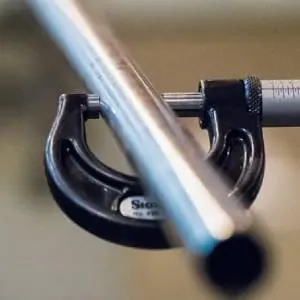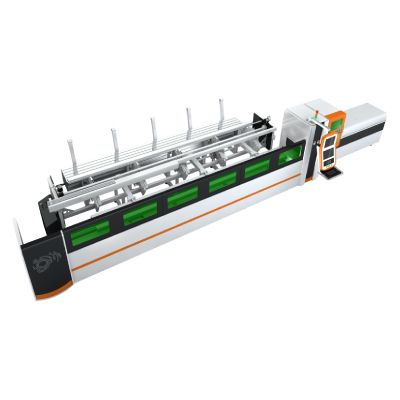[ Laser Cutter For Automatical Industry]Revolutionizing Manufacturing Efficiency: The Role of Laser Cutters for Automated Industries in Modern Production Processes
****
In the fast-evolving landscape of manufacturing and industry, the integration of advanced technology has become more than a competitive advantage; it’s a necessity for survival. As companies strive for higher efficiency, reduced costs, and improved precision, one tool has emerged as a game-changer: the laser cutter for automated industry applications. This article delves into the transformative effects of laser cutting technology and its critical role in automating production processes across various sectors.
Laser cutting technology relies on highly focused beams of light to cut, engrave, or etch material with remarkable precision. This method can work on a wide array of materials, including metals, plastics, wood, glass, and fabric, making it an invaluable asset in numerous industries, from automotive and aerospace to electronics and fashion. As industries adopt automation to streamline operations, laser cutters are becoming increasingly integral to accomplishing these goals effectively.
One of the primary benefits of laser cutters in automated industries is their unparalleled precision. Traditional cutting methods often suffer from inaccuracies due to human error, mechanical wear, or the inherent limitations of the tools used. With laser cutting, however, the focused beam can achieve tolerances as tight as a few microns. This level of accuracy not only enhances product quality but also reduces waste by minimizing the quantity of raw material needed. In sectors where margins can be thin, such as the aerospace industry, every ounce of material saved translates into significant cost savings.
Moreover, laser cutting technology is incredibly versatile. It can be programmed to perform complex designs and repetitive cuts without the need for extensive retooling or manual intervention. This adaptability allows manufacturers to switch from one production run to another smoothly, facilitating mass customization and responsiveness to market demands. As a result, businesses employing laser cutters can react more swiftly to changes in consumer preferences without incurring the downtime traditionally associated with switching production lines.

Revolutionizing Manufacturing Efficiency: The Role of Laser Cutters for Automated Industries in Modern Production Processes
Automation is fundamentally about increasing production rates while maintaining quality. By integrating laser cutters into automated production lines, companies can achieve higher output volumes with consistent results. Automated laser systems can operate continuously, processing materials around the clock with minimal human oversight. This capability not only increases throughput but allows skilled labor to focus on more strategic, value-added activities instead of repetitive and time-consuming tasks.

Revolutionizing Manufacturing Efficiency: The Role of Laser Cutters for Automated Industries in Modern Production Processes
In addition to efficiency and precision, another crucial advantage of laser cutting is its ability to enhance safety in the workplace. Manual cutting processes often come with risks such as equipment mishandling and physical injury from sharp tools. By automating cutting processes through laser technology, these hazards can be significantly reduced. Operators maintain a safe distance from the cutting action, and the automated systems can often include additional safety measures, such as enclosed work areas or emergency shutdown protocols.

Revolutionizing Manufacturing Efficiency: The Role of Laser Cutters for Automated Industries in Modern Production Processes
Furthermore, laser cutters incorporate smart technology, allowing for better quality control through real-time monitoring and data analytics. Modern laser systems can be equipped with sensors that provide feedback on the cutting process, allowing for immediate adjustments if problems arise. This capability ensures that manufacturers maintain high standards of quality while reducing unnecessary rework or scrap.
The environmental impact of manufacturing processes is another consideration for modern industries. Laser cutting is inherently more efficient than traditional methods, which can lead to a reduction in energy consumption and material waste. As businesses strive to align with sustainability initiatives and reduce their carbon footprint, transitioning to laser cutting systems can be a significant step in enhancing eco-friendliness. The precision of laser cutters ensures that the necessary materials are conserved, and fewer pollutants are generated during the cutting process.
In conclusion, the advent of laser cutters for automated industries signifies a pivotal shift in how products are manufactured. With their unmatched precision, efficiency, versatility, and potential for enhanced workplace safety, laser cutting systems are becoming indispensable in modern production processes. As industries continue to evolve and adapt to new technologies, those that harness the power of laser cutters will not only improve their operational capabilities but also position themselves as leaders in the competitive market landscape. High Precision Fiber Laser Cutting Machine
